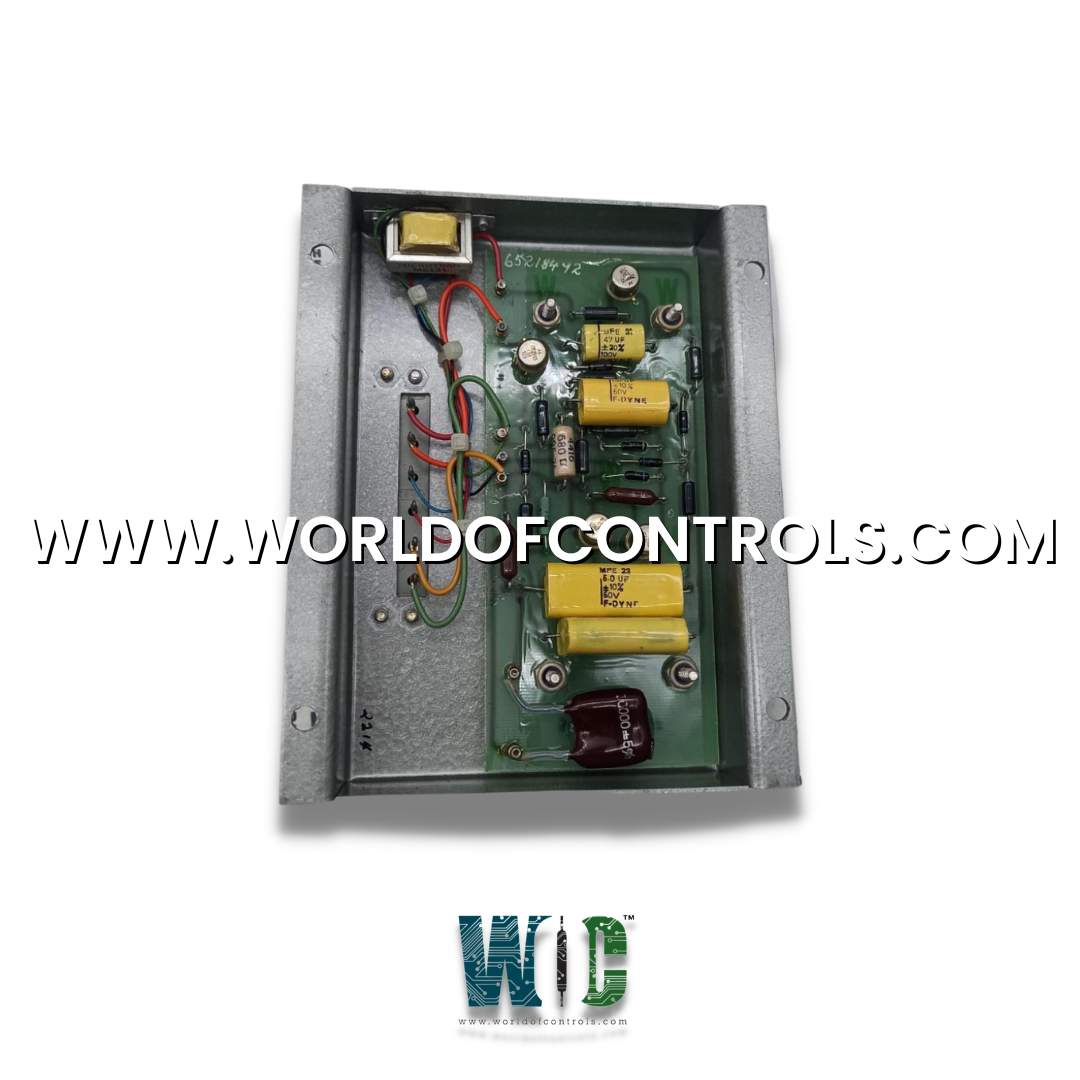
World Of Controls understands the criticality of your requirement and works towards reducing the lead time as much as possible.
8270-360 - Speed Sensor Module is available in stock which ships the same day.
8270-360 - Speed Sensor Module comes in UNUSED as well as REBUILT condition.
To avail our best deals for 8270-360 - Speed Sensor Module, contact us and we will get back to you within 24 hours.
Part Number: 8270-360
Manufacturer: Woodward
Product type: Speed Sensor Module
Repair: 3-7 Days
Availability: In Stock
Country of Manufacture: United States (USA)
8270-360 is a 2301 Speed Sensor Module developed by Woodward. The module control and monitoring of speed-related parameters in various industrial applications. It seamlessly integrates with the application program to process inputs from MPU (Motion Pickup Unit) and proximity probes, providing essential speed information to the application software.
World of Controls has the most comprehensive selection of GE and Woodward components. Our professionals are available to help you with your requirements at any time. If you require any additional information, please contact WOC immediately.
What is 8270-360?
It is a 2301 Speed Sensor Module developed by Woodward.
How is the speed sensor input filtered, and can the filter time constant be adjusted?
The module incorporates a configurable filter for the speed sensor inputs. The application software can choose between two filter time constants: 8 milliseconds and 16 milliseconds. The 8-millisecond filter is suitable for most applications, providing quick and accurate speed readings, while the 16-millisecond filter is ideal for very slow speed applications, ensuring precise speed detection.
What role does the speed range setting play in speed detection?
The speed range setting determines the maximum speed that the module can reliably detect. Additionally, the control output of the software is designed to detect a minimum speed of one fiftieth of the selected speed range. This crucial feature helps identify potential issues, such as failed speed sensors, which could lead to inaccurate readings and, in extreme cases, overspeed conditions at very low speeds. By detecting slow updates at low speeds, the module aids in preventing potentially hazardous situations.